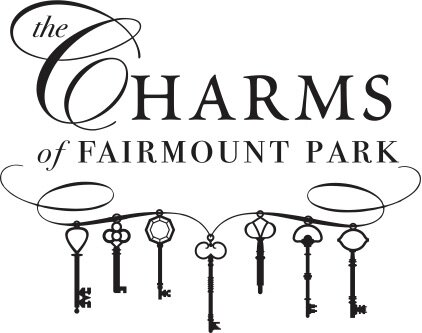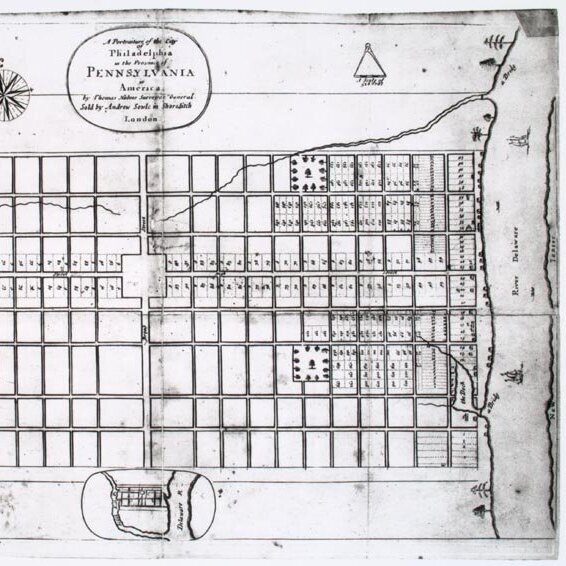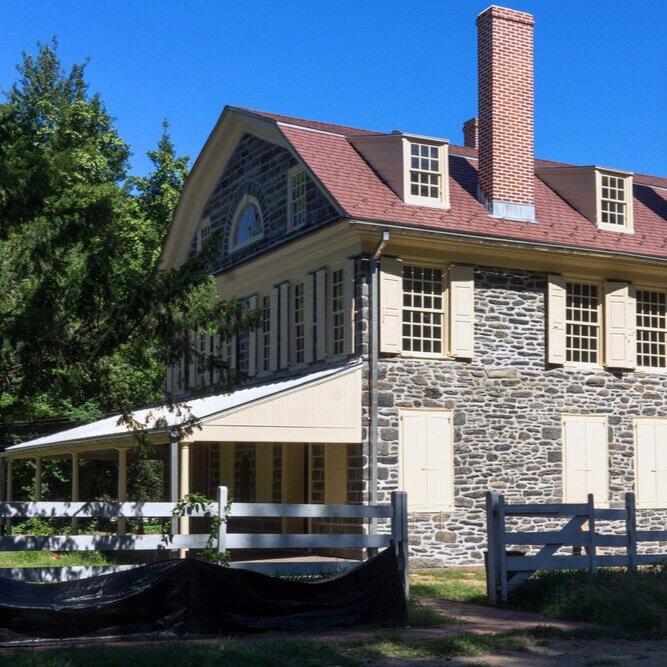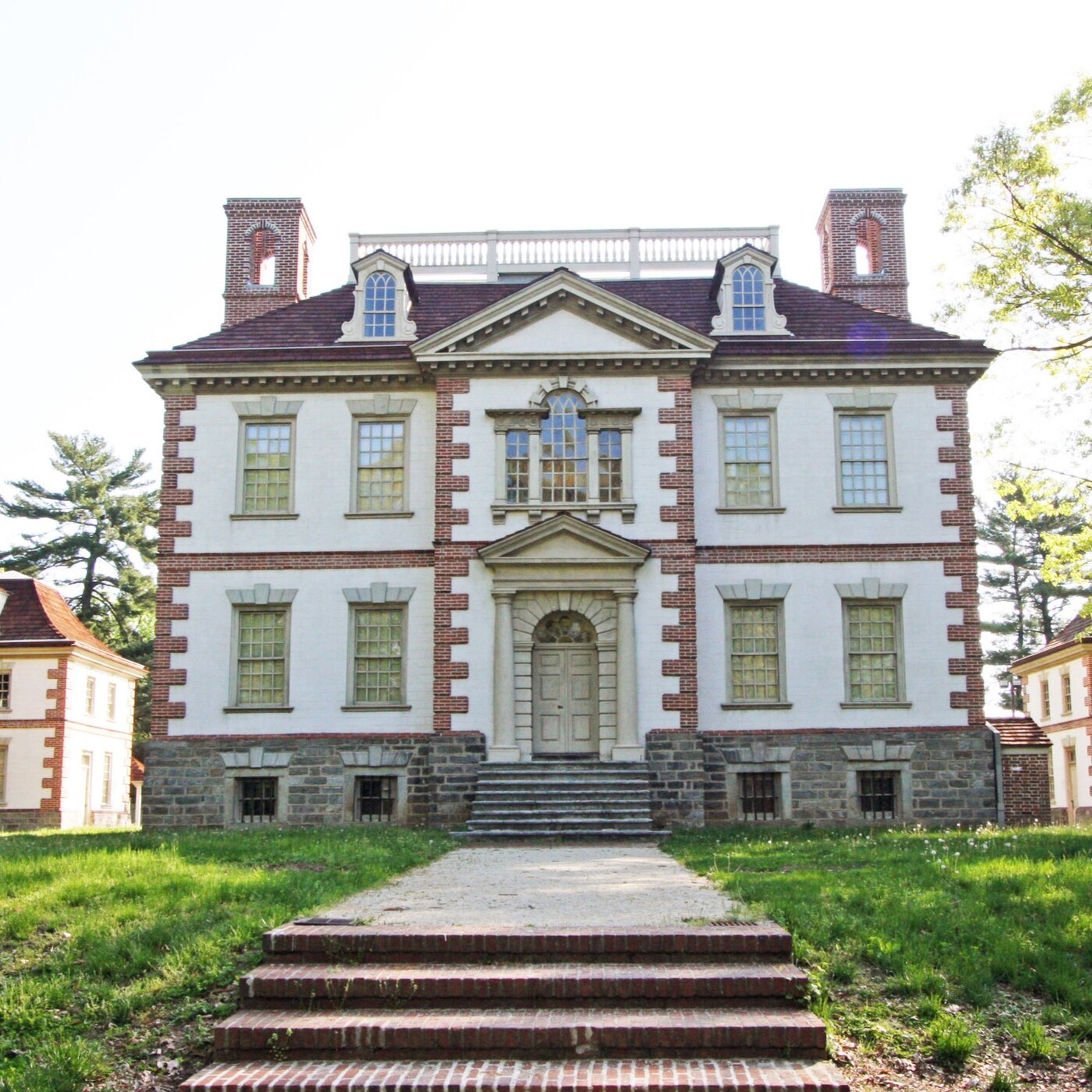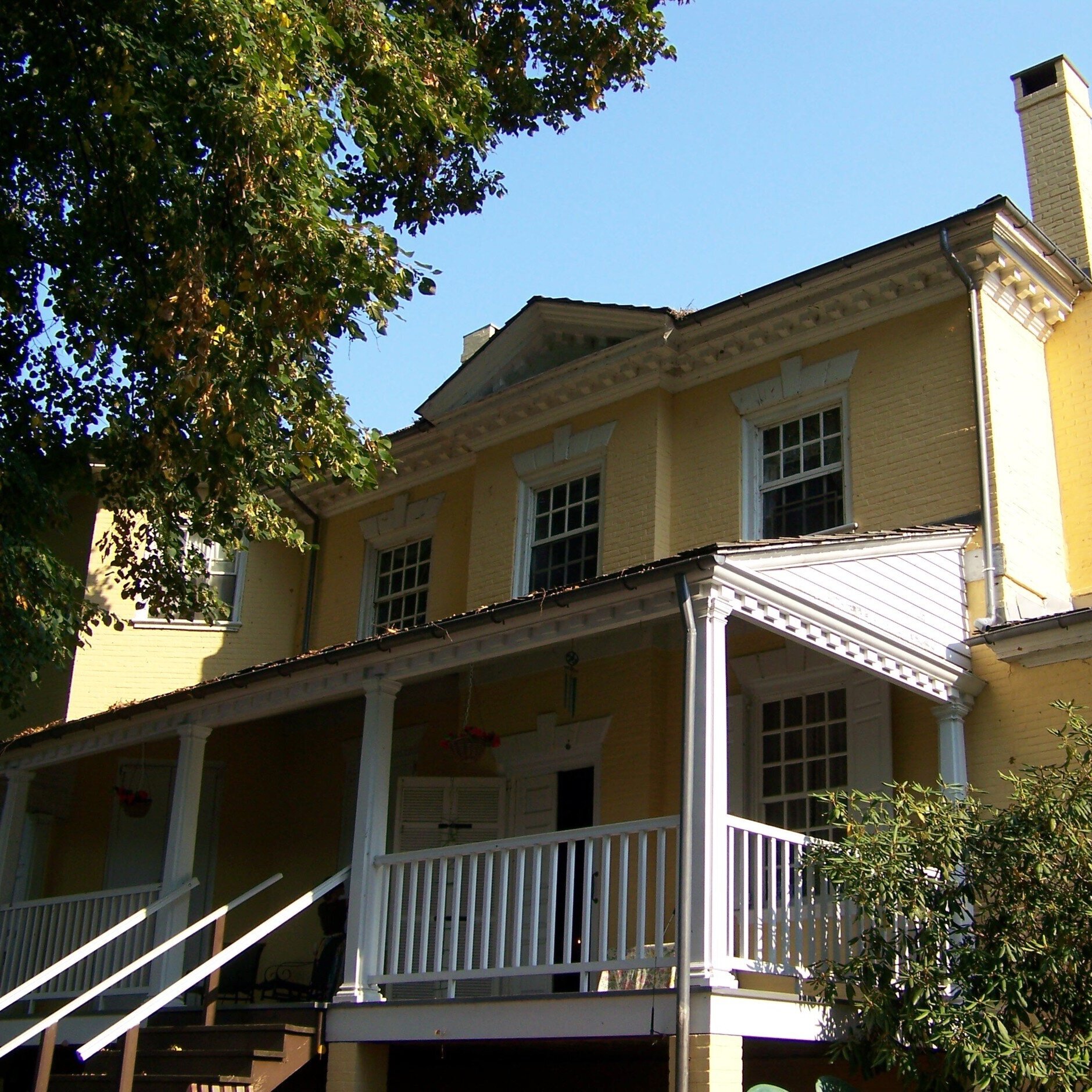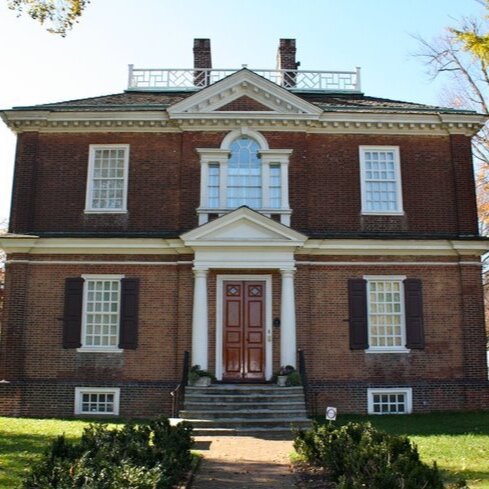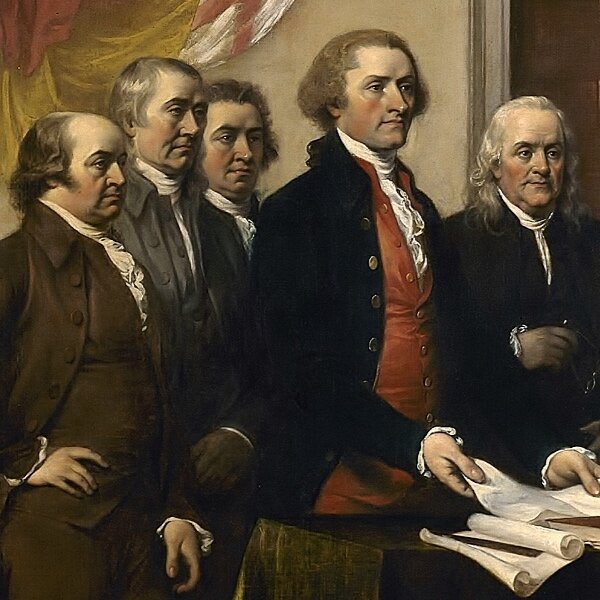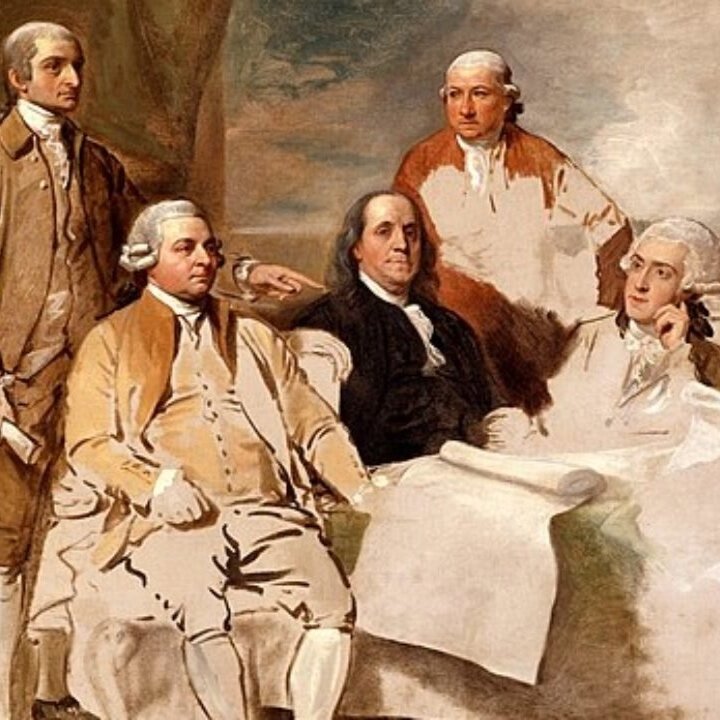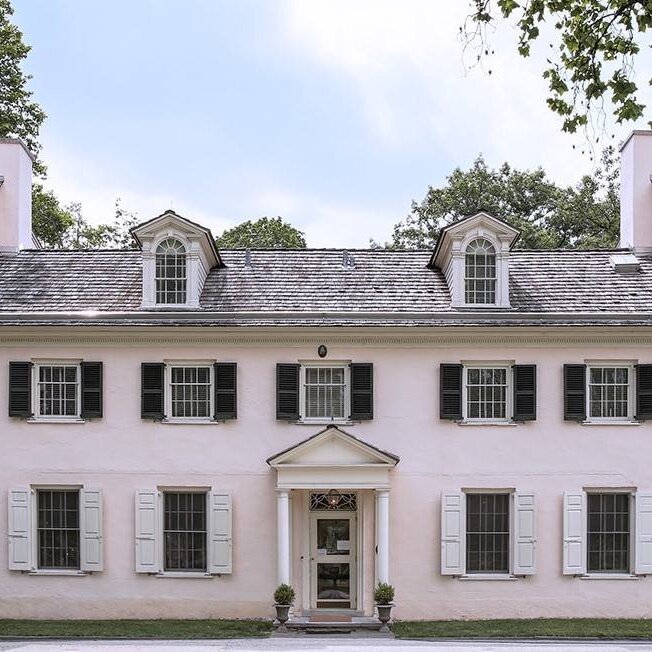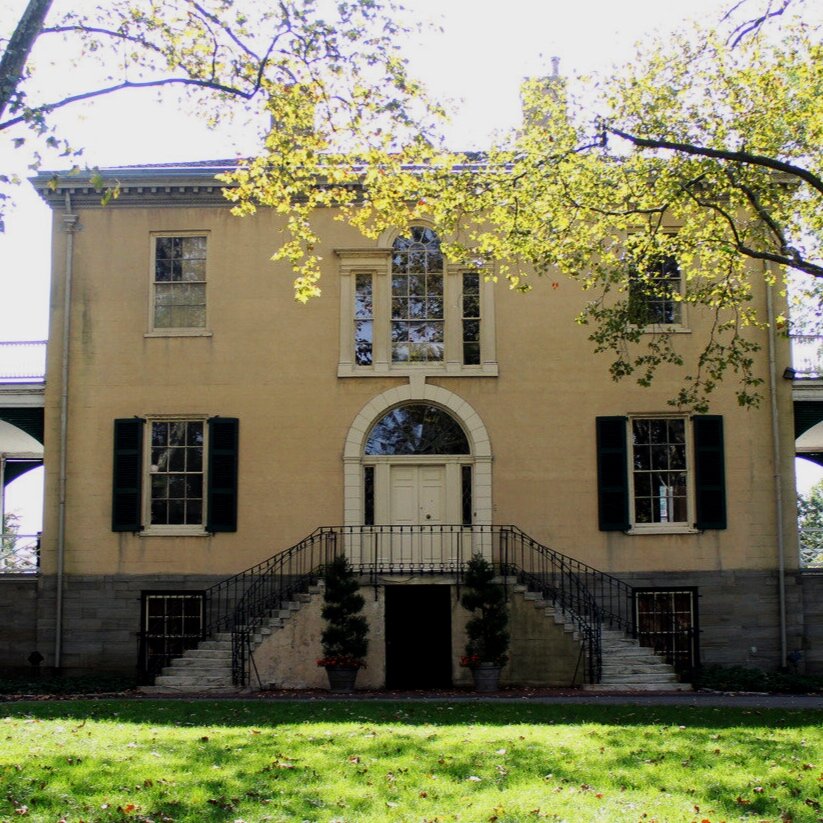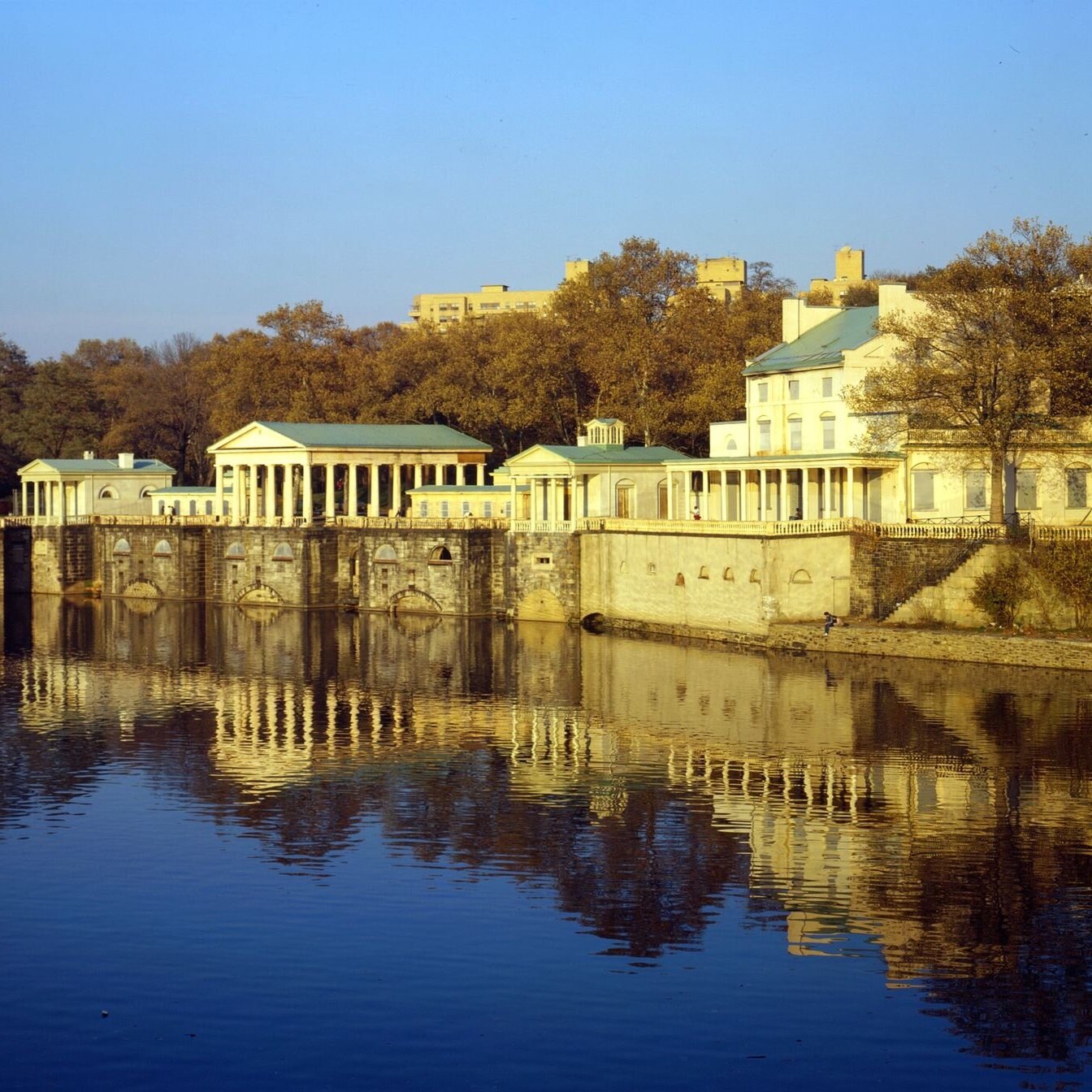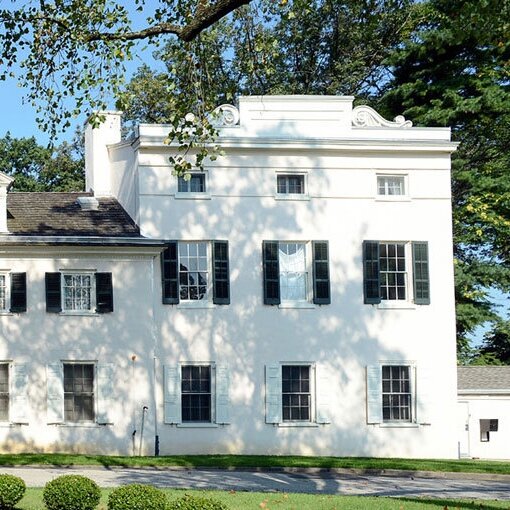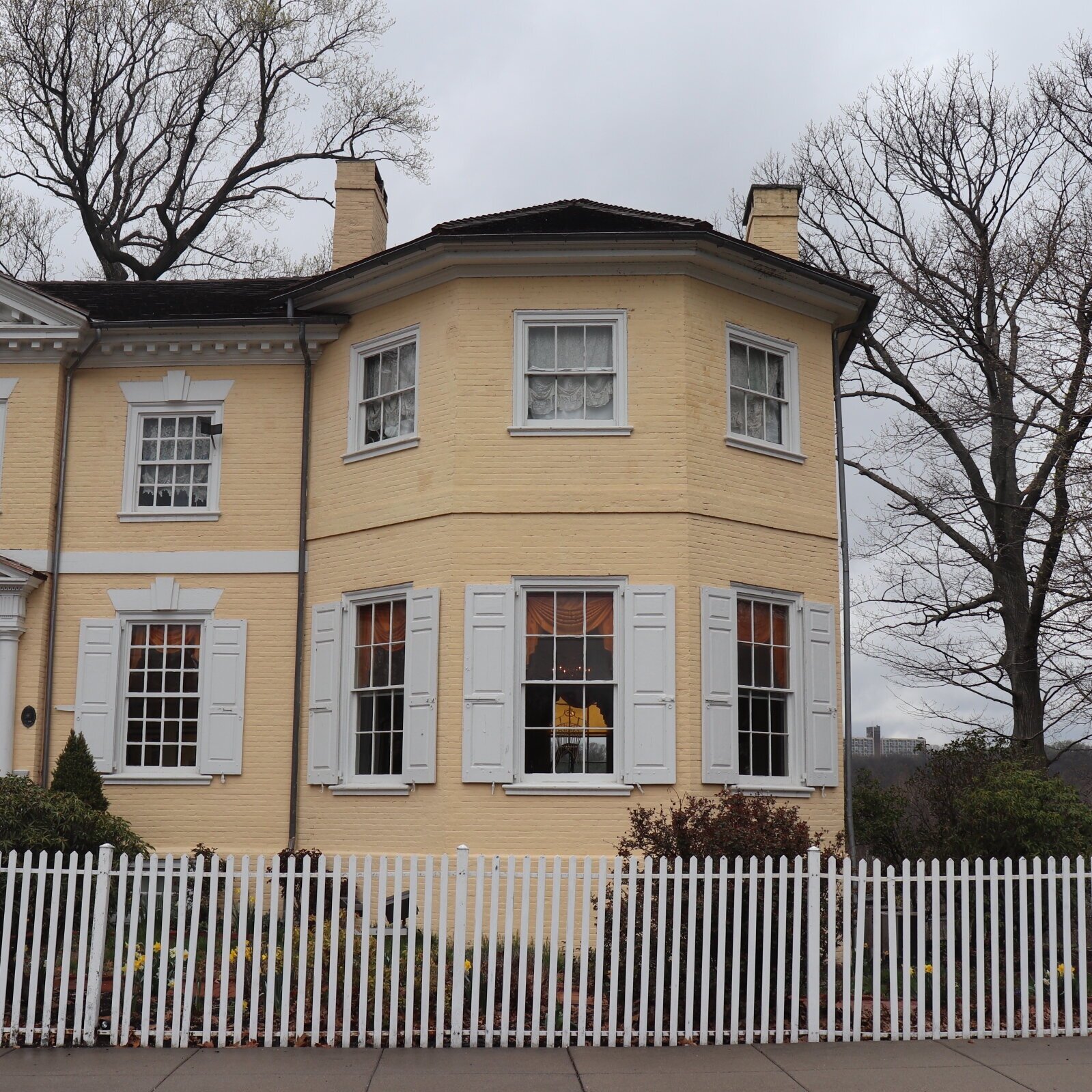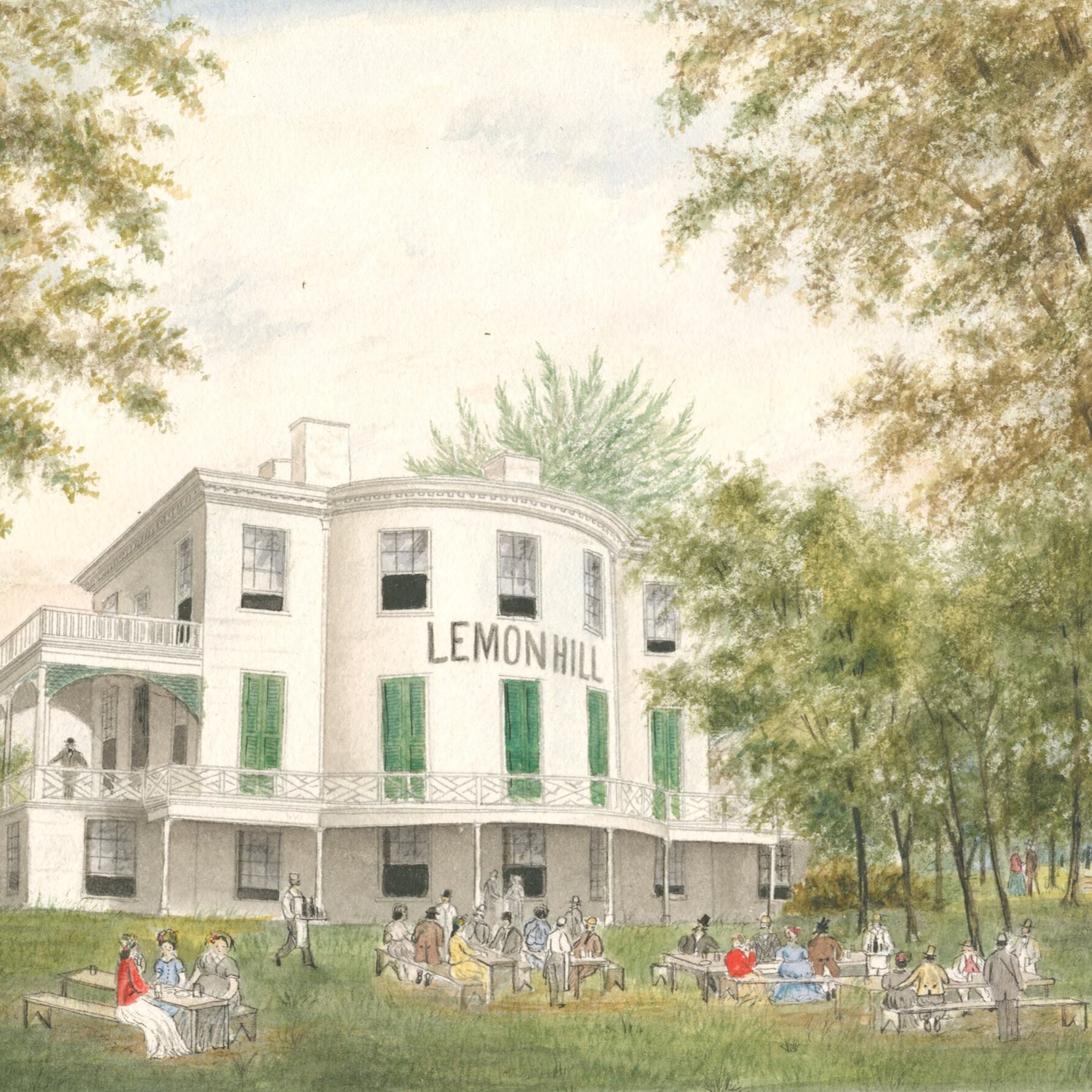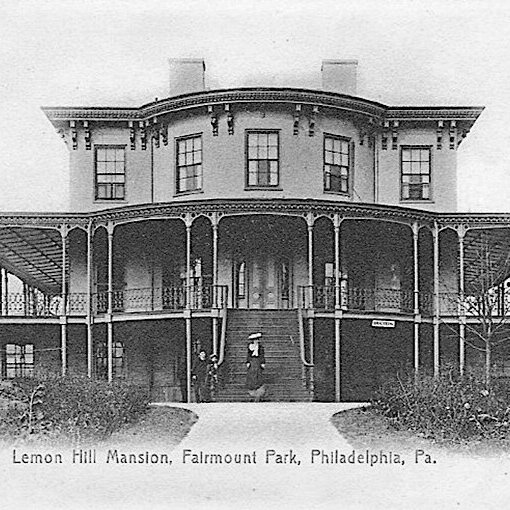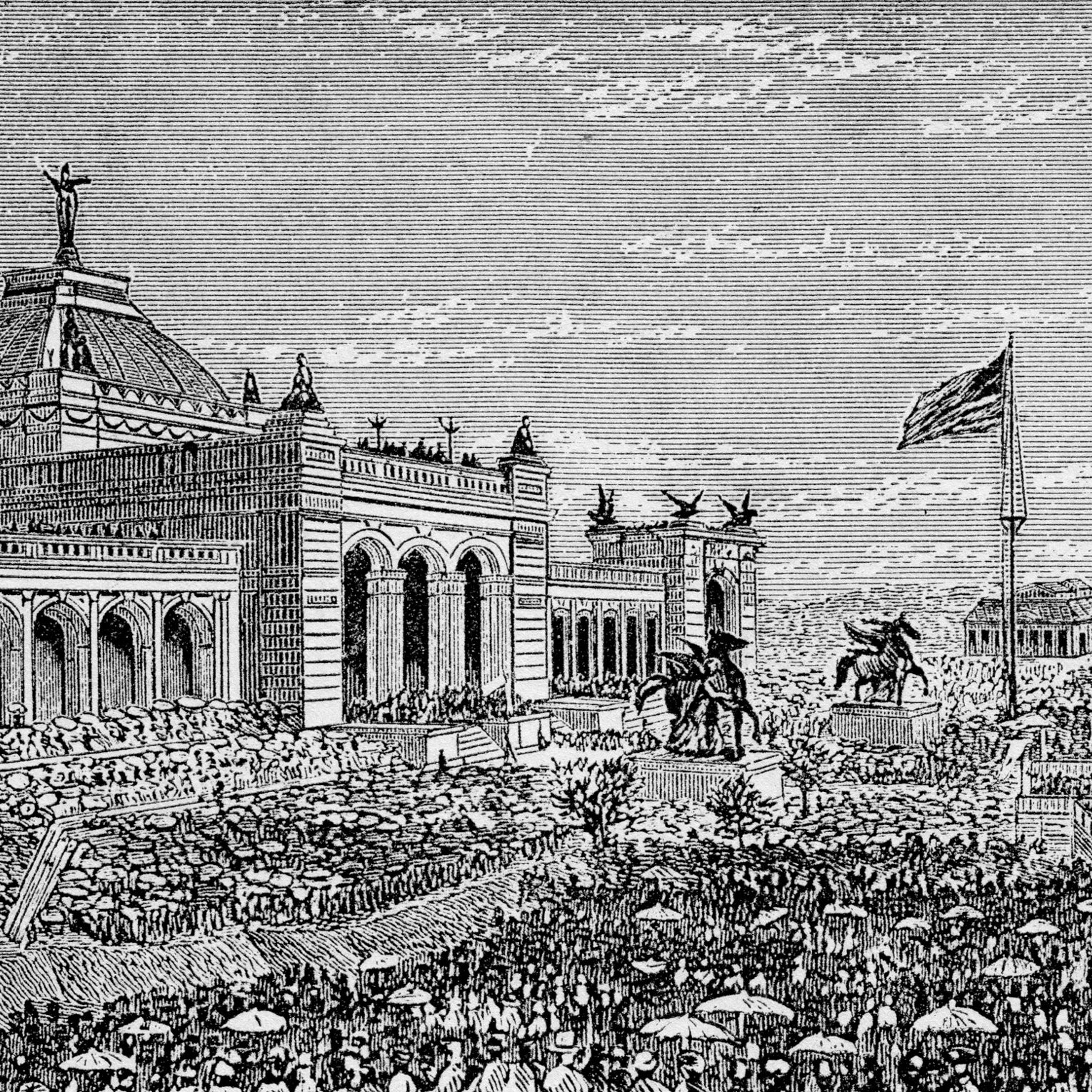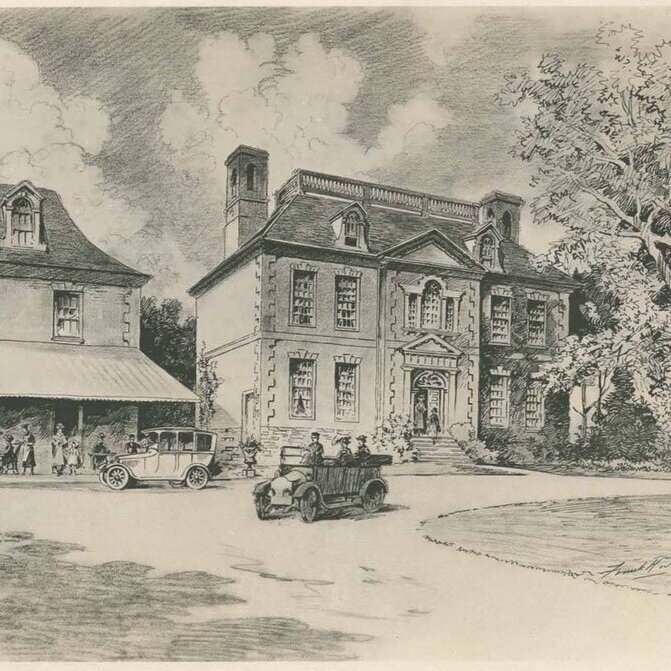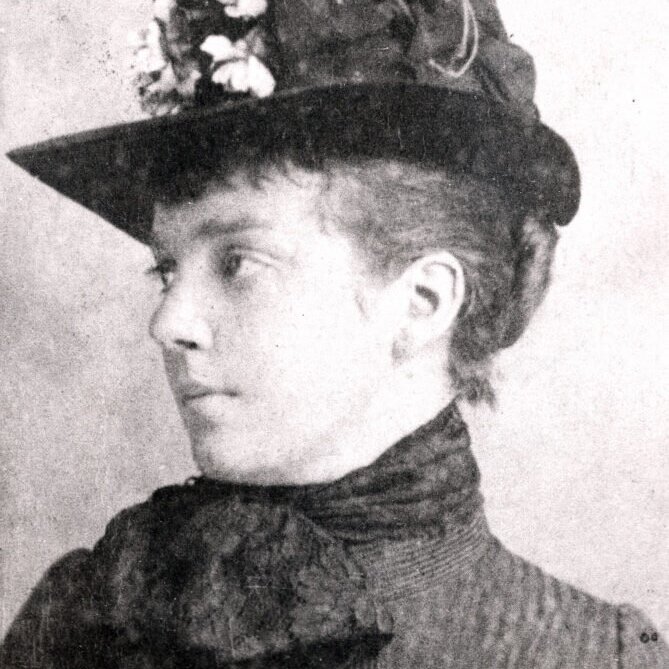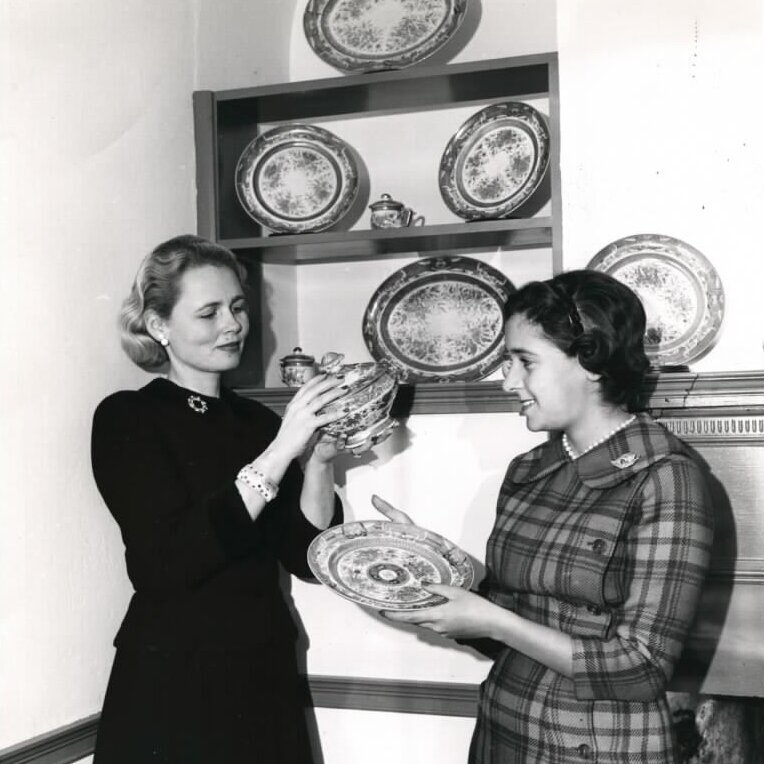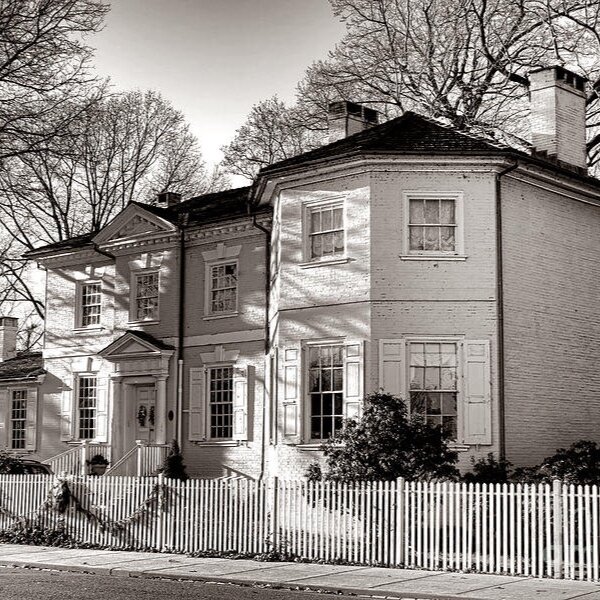Early Years
William Penn, who had a villa called Pennsbury Manor on the Delaware River, set the stage for the development of the Charms when he and his surveyor, Thomas Holme, laid out the City of Philadelphia in 1682. When Penn sold some of the most expensive building lots in the city, he included the added incentive of a bonus of eighty acres in the so-called “Liberties” region, north and west of the city proper. This expansive suburban area was soon filled with country lots owned by the most prosperous residents of the new city.
Philadelphia in the eighteenth century was the largest city in British North America, with over 40,000 people. Many of its wealthy citizens bought elegant country retreats on the Schuylkill River to escape the urban environment, with its crowds, heat, and periodic epidemics. The families who owned the “Charms” were part of the prosperous merchant class of the time, and sought places that provided fresh air as well as space to pursue leisure activities such as gardening, sporting, and entertaining – all of which exhibited their elite social status.
Revolutionary Times
The American Revolution divided families and Philadelphia’s upper class, with some supporting the new American government, others backing British authority, and many of Philadelphia’s Quakers committed to nonviolence and unwilling to take sides in a war.
After American independence was declared in Philadelphia in 1776, British troops occupied the city the following year. Loyalists who supported the British during the occupation, like the owners of Woodford and Laurel Hill Mansions, had their properties confiscated by the revolutionary Pennsylvania Assembly.
When the war ended in 1783, a new generation of American aristocrats began building country villas and adding onto existing buildings, often preferring the fashionable Federal style over older Georgian architecture. Strawberry Mansion, Lemon Hill, and the additions to Woodford date from this period. The days of the country villa on the Schuylkill, however, were numbered.
Growth and Change
Following several serious epidemics of yellow fever over many years – the worst of which occurred in 1793 – Philadelphia’s leaders sought an efficient and clean water system for the growing city. The Fairmount Water Works opened in 1815 at the foot of Fairmount Hill (now the site of the Philadelphia Museum of Art).
The Water Works was praised for its efficiency and the beauty of its neoclassical buildings, but the dam added in 1822 caused problems for some of the river villas above it. Swamp conditions and flooded meadowlands began to make country living seem less desirable. Furthermore, the City sought to preserve the quality of the Schuylkill river and limit industrial development of the land above the Water Works - so it began purchasing estates along the river to create a large public park. In 1855, Fairmount Park was born and many of the original villas came under the ownership of the Fairmount Park Commission.
Revival and Renaissance
Over the years, many of the houses in Fairmount Park were adapted to other uses, as police stations, housing for city employees, and restaurants. This proved to be critical to their preservation, as the buildings remained occupied and underwent only minor and usually reversible changes. The six “Charms” are some of the few remaining homes from the dozens of eighteenth century villas that once occupied Fairmount Park, and are considered by many experts to be the most significant group of eighteenth and early nineteenth century elite domestic architecture in the United States.
In the 1920s and 1930s, Philadelphians began to realize the value of their colonial heritage. Neighborhood groups, philanthropists, and the Philadelphia Museum of Art stepped in to restore the Charms and open them to the public as historic house museums. Park Charms and the houses’ stewardship organizations continue to be a part of this tradition today.
LEARN MORE
Visit each house’s page for more information on the individual houses.
Cedar Grove | Lemon Hill | Mount Pleasant | Laurel Hill | Woodford | Strawberry Mansion
For further reading about the Charms, download an article on the history of the houses in Fairmount Park:
Download PDF: "The Schuylkill Villas," article from Philadelphia Antique Show by Joan Church Roberts (2006)
Philadelphia Parks & Recreation is the city agency charged with ownership of the properties. The homes are managed in partnership with the dedicated stewardship of the organizations listed below.
Cedar Grove and Mount Pleasant are managed by the Philadelphia Museum of Art.
Laurel Hill is managed by Women for Greater Philadelphia.
Strawberry Mansion is managed by the Committee of 1926.
Woodford is managed by the Naomi Wood Trust.
Lemon Hill is managed by the Fairmount Parks Conservancy.
